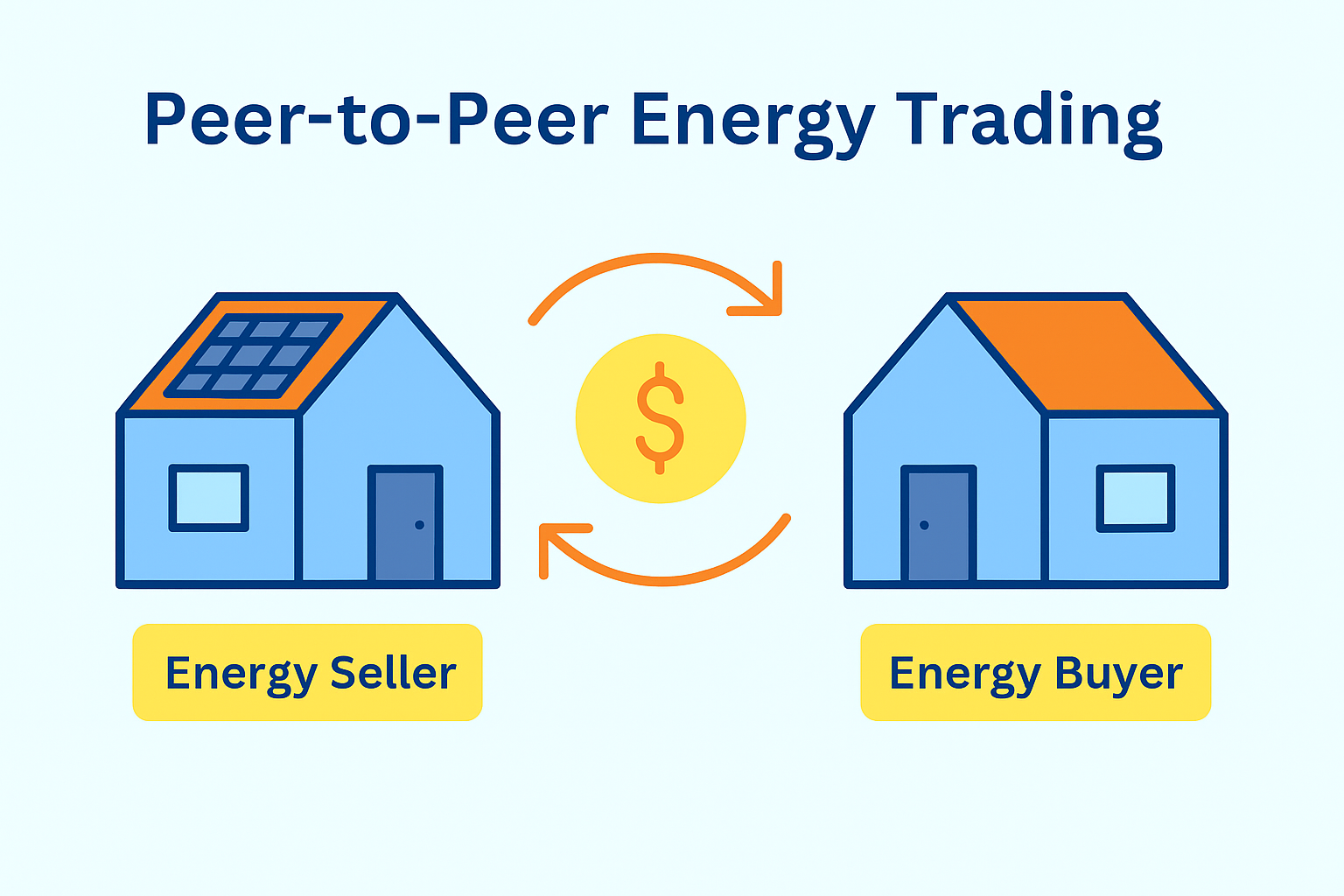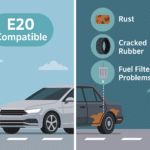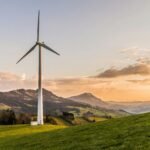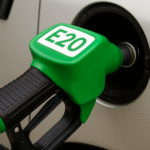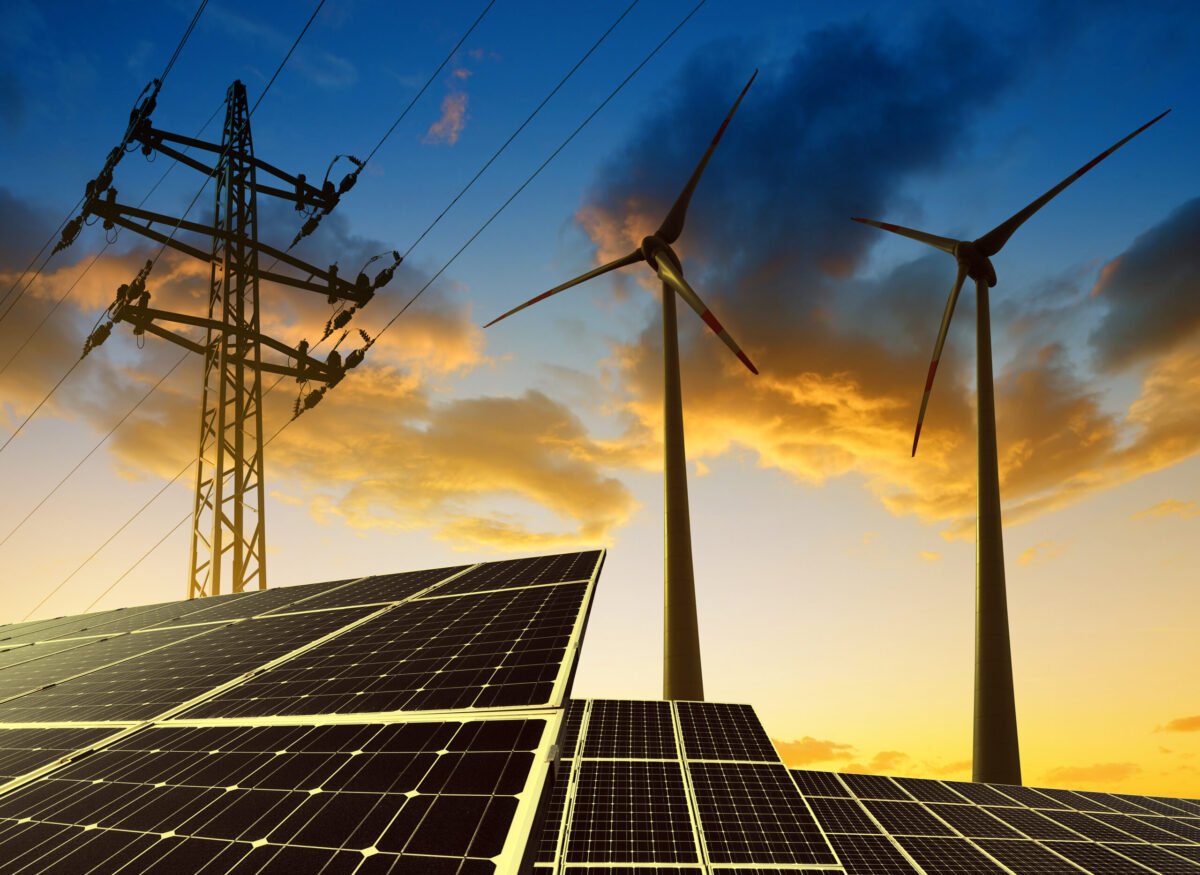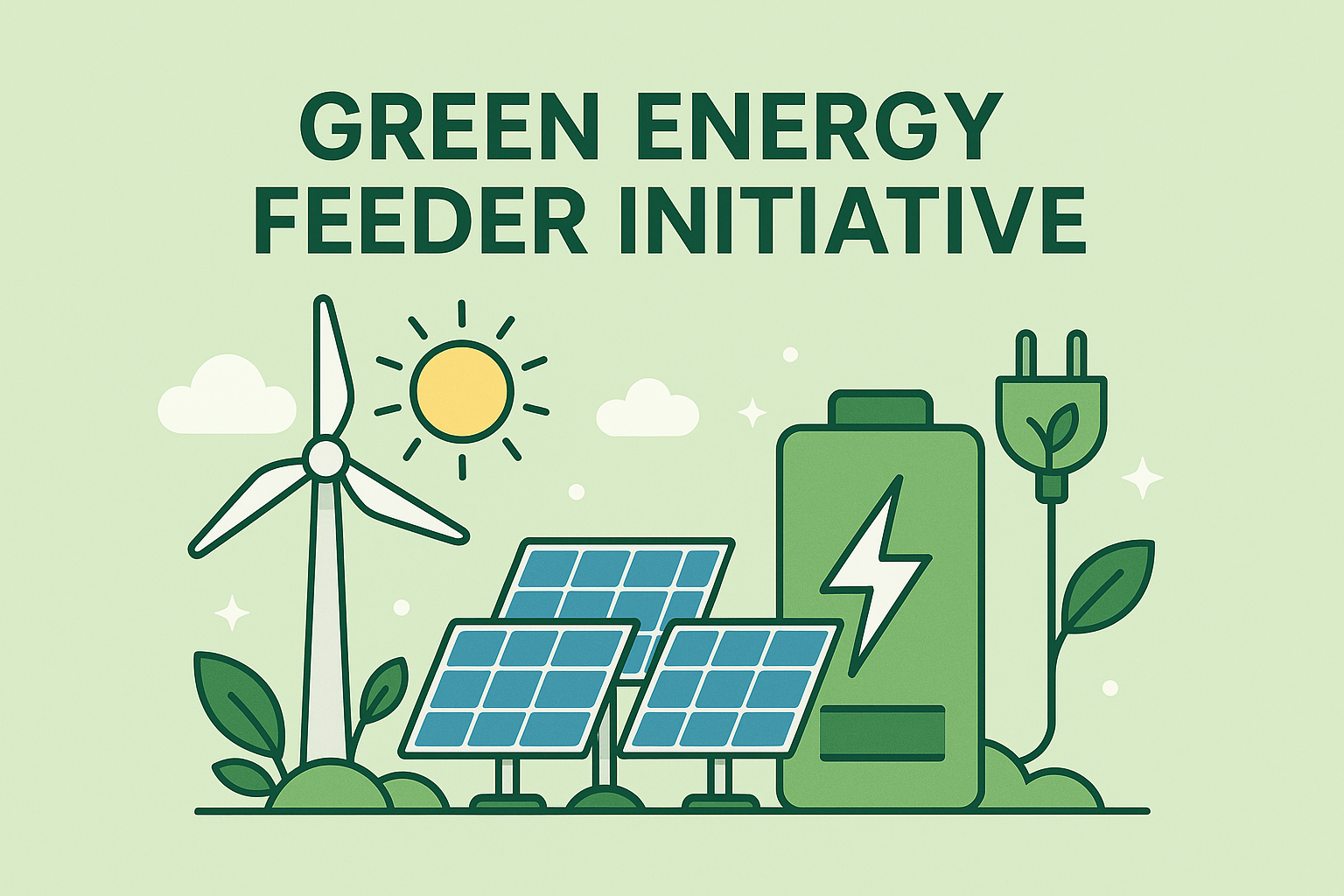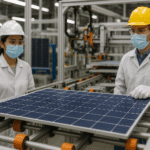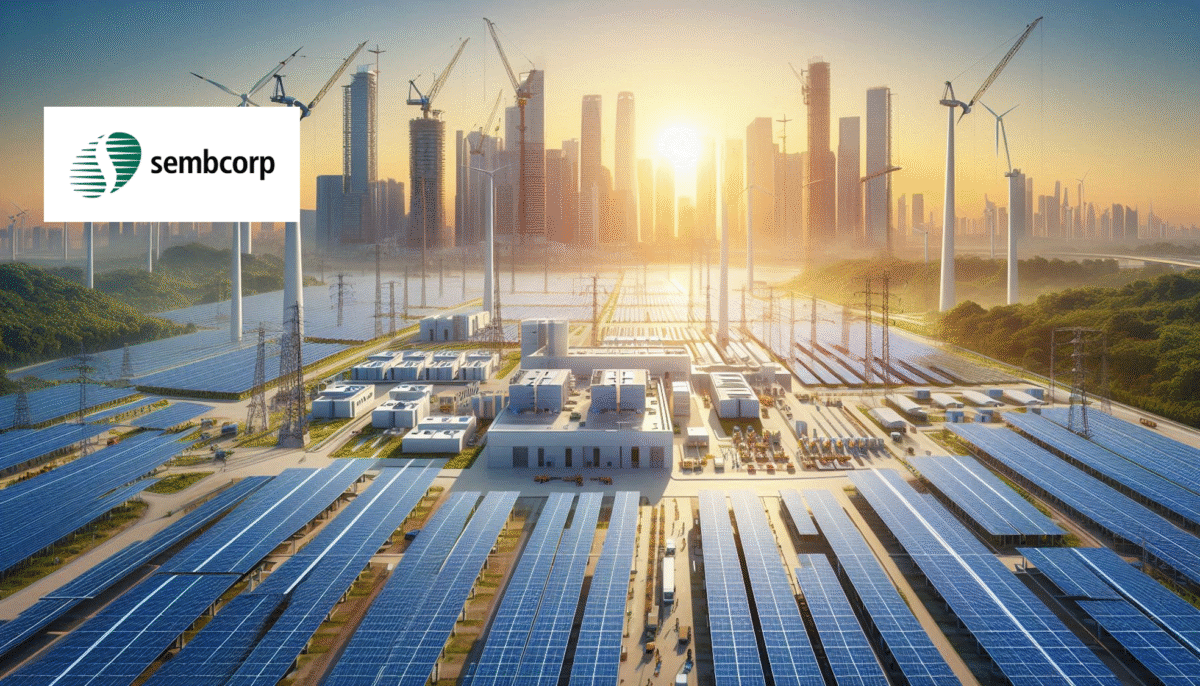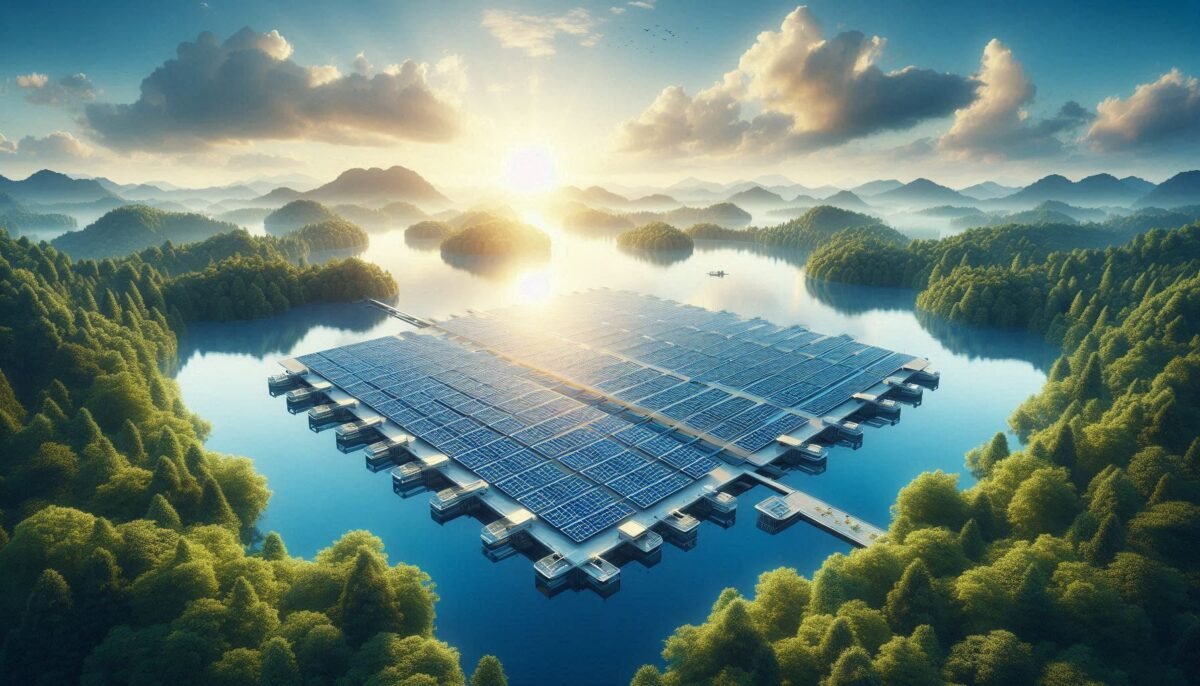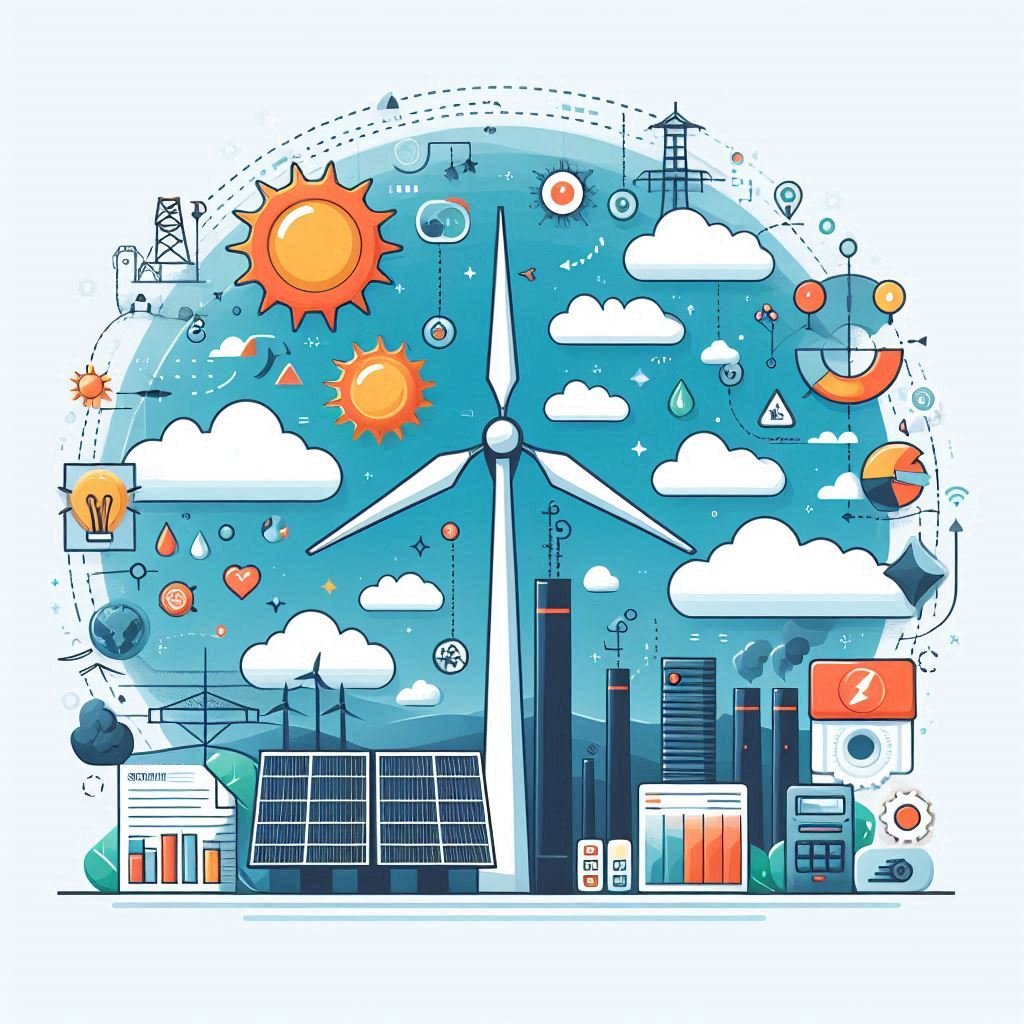To meet India’s target of 500 GW of non-fossil capacity by 2030, the Solar Energy Corporation of India (SECI) has once again leveraged competitive auctions to attract investment in hybrid renewables. On May 2025, SECI issued a Request for Selection (RfS) for 2 GW of interstate transmission system (ISTS)-connected wind–solar hybrid power projects (Tranche VII). By co-locating wind and solar farms on shared transmission infrastructure, hybrid projects smooth generation profiles, optimize land use, and bring India closer to reliable, round-the-clock clean power. This tender continues SECI’s drive to create large-scale hybrid parks, offering developers the security of long-term power offtake and preferential access to ISTS transmission corridors.
Tender Highlights
- Capacity & Tranche: 2,000 MW under Tranche VII
- Bid Submission Deadline: 4 December 2025
- Commissioning Timeline: Projects to be operational within 24 months of PPA execution
- RfS Fee: ₹29,500 per bid document (approx. US $354)
- Bid Opening: Bids opened on 7 December 2025

Hybrid wind–solar projects offer significant technical and commercial advantages by leveraging the complementary generation profiles of their constituent technologies. Solar output typically peaks around midday, while wind speeds—and hence generation—are strongest during the night and early morning hours. When co-located and operated as a single hybrid system, these two streams combine to boost the overall capacity-utilization factor (CUF) well above the standalone averages (around 20 percent for solar and 30 percent for wind), with hybrid schemes commonly targeting CUFs in excess of 40 percent . Moreover, sharing critical balance-of-system components—such as pooling substations, transmission lines, and even land parcels—drives down per-megawatt capital and operational costs, while minimizing environmental footprints. From a commercial standpoint, the more stable and predictable output profile of hybrid assets reduces the risk of curtailment and revenue variability, enabling developers to bid at tighter, more bankable tariffs that both attract investment and drive down costs for DISCOMs.
Hybrid wind–solar projects alleviate the classic “duck curve” challenge by smoothing midday peaks and bolstering evening generation from wind. This more balanced output reduces curtailment, eases ramp requirements on thermal units, and enhances overall grid stability. DISCOMs benefit from predictable power flows and lower integration costs, while investors gain confidence from the lower technical and dispatch risks associated with hybrid assets .
Letters of Award (LoAs) for Tranche VII are expected by Q1 2026, with PPAs finalized shortly thereafter. Developers will secure financial closure by blending equity with concessional debt—often sourced from IREDA or multilateral green-finance facilities. With a 24-month commissioning window, the first hybrid plants should be operational by mid-2027, dovetailing with India’s rising renewables build-out and supporting round-the-clock clean power mandates. SECI’s 2 GW ISTS-connected hybrid tender represents a significant scaling-up of India’s renewable auctions, leveraging complementary wind and solar profiles for more reliable clean energy. Building on the success of earlier tranches, this auction not only optimizes land and grid assets but also reinforces policy stability—crucial for attracting the next wave of domestic and international investment in India’s 24×7 renewable ambition.



